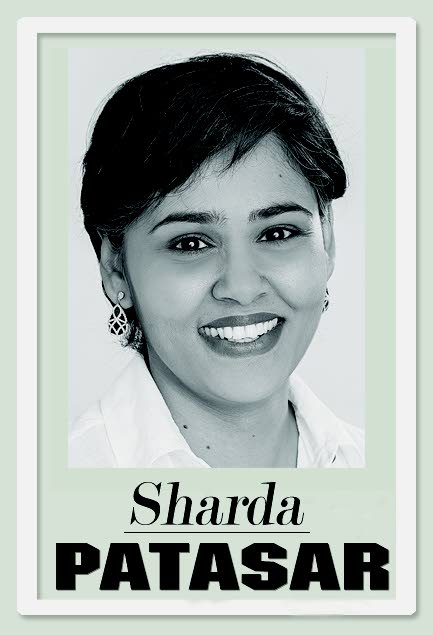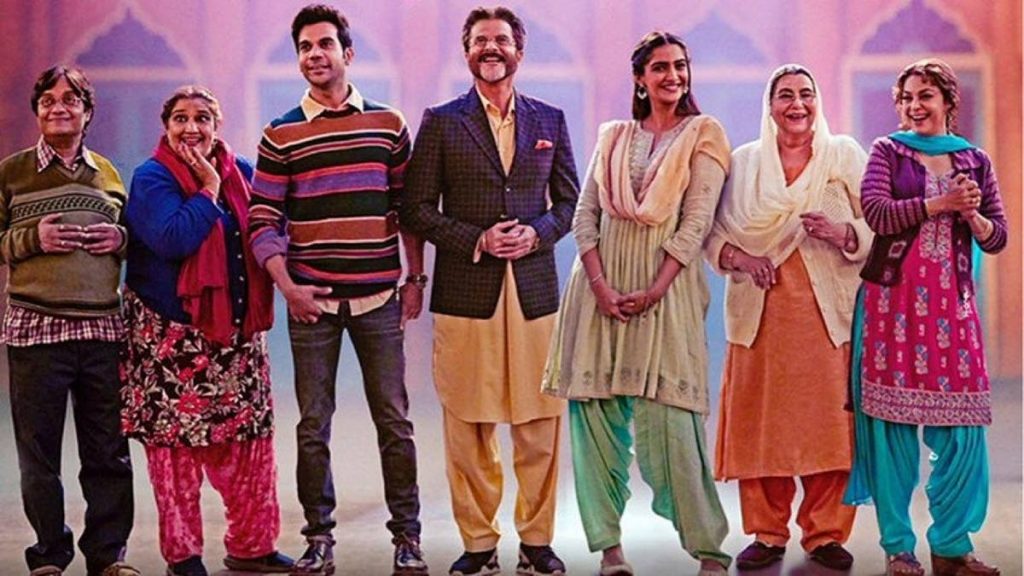Bollywood: Re-defining family films

It was with a great degree of curiosity that I hauled myself out last Wednesday, despite the beginnings of what felt like the flu, to go and view the new Hindi film Ek Ladki Ko Dekha To Aisa Laga. In the fashion of the researcher (I much prefer this view of myself rather than "stalker"), I sat behind a group of women, hoping to catch some commentaries as the film progressed for we are all familiar with the Trinidadian tendency to provide running commentaries in a movie hall. They didn’t disappoint. A few comments amounting to "let people love yes and let them live" was just a small part of the reaction to the film since its release on Friday, February 1.
Friends who had attended on Saturday reported mixed reactions. Some members of the audience left without looking at the full film. One gentleman, annoyed, reportedly complained to MovieTowne officials that the content was not suitable for his children. (I think of the violence and sexual images in Hollywood films and resist the urge to make any further comments about suitable content). With this in mind, I decided that I should attend a viewing and see for myself the "content" that would have caused those negative reactions.
Hindi films have traditionally been very family oriented, though there is much to be said about some productions nowadays with their excessive violence and sex-driven clothes and dance moves. Family oriented nevertheless. In that context, given the irate gentleman’s response to the film, I grappled on one hand, with the issue of the social responsibility of movie theatres to inform their audiences about content that may not be entirely palatable while on the other hand, I thought, but why? The LGBTQ individual is as legitimate as the heterosexual. And furthermore, in order to change the conversation, there must be some discomfort. If we throw our minds back to any struggle for acceptance – racial equality, women’s rights being two of the major ones that come to mind – there is a period of discomfort for those unwilling to release their hold on biases. We also recognise that discrimination cannot fully be eradicated and there will be pockets where the biases are kept alive. However, we can certainly feel the general change when the larger society moves towards acceptance. We see and feel it in the way in which the change in thinking is accommodated in law, in religion and other institutions that are put into place to create order in a society.
The film in question is mainstream Bollywood and to the director’s credit, the LGBTQ issue was handled with sensitivity and light-heartedness. While it may have been the central focus, it does not feel overdone.
Set in a small village in Punjab, there are scenes reminiscent of Dilwale Dulhaniya Le Jayenge (DDLJ as we fondly call it now). There is a terrace scene where the girls are being pulled apart from each other by groups of people on either side, a reminder of the Raj/Simran separation in DDLJ. The silhouetting of the characters is an erasure of faces and genders and reminds us that whether it is the love relationship between male/female, female/female or male/male, society imposes love laws (if I may borrow writer Arundhati Roy’s concept) on us. The Muslim/Sikh love relationship for instance is an initial problem when Sweety, the main character, is suspected of having relations with a Muslim boy. It is our initial introduction to the way in which love is policed.

To say that the film is about a lesbian relationship will be to keep the story on a very superficial plane. This is a film about love. While the focal point is Sweety’s struggle to hide her sexual orientation and also desperately wanting to live her full truth, there are other stories of love that revolve around her.
Love does not extend only to people. It is about people’s passions too. Sweety’s father’s (played by Anil Kapoor) love for cooking is seen as a female pursuit. He steals chances to try new recipes when his family is asleep while his mother takes the role of the watchman, constantly chasing him away from the food channel and the kitchen. His dream of becoming India’s greatest chef had been discouraged in his youth because men were only supposed to enter a kitchen if something needed to be mended. While these are light-hearted moments in the film, it makes an important statement about how we construct ideas of male and female.
Those wishing to attend a viewing of the film at MovieTowne can look forward to an entertaining film. While it is an unconventional love story by Bollywood standards, it is a tasteful, family-oriented movie that leaves us with feel-good emotions.


Comments
"Bollywood: Re-defining family films"